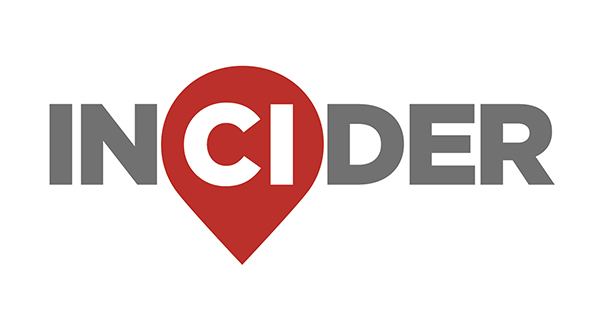At their Aug. 14 budget work session, Plano officials discussed funding critical erosion repairs across the city along with a proposed municipal drainage rate increase.
The big picture
Plano has been working to address ongoing streambank erosion issues since authorizing a study in 2022 that evaluated more than 3,000 locations and ranked them by severity of erosion.Director of Budget and Research Karen Rhodes-Whitley said at the meeting the city is facing increased demands due to ongoing projects and inflationary costs.
While the increased revenue would help pay for the streambank projects, Rhodes-Whitley said the city needs to increase the rates whether or not the city funds the additional projects.
The proposed residential rate increase would be an additional $1.50 on average per month for the next three years, according to city documents.
The municipal drainage rate was last increased in 2020, Rhodes-Whitley said.
Zooming in
Director of Engineering Caleb Thornhill said that 42 locations in Plano were rated “critical” and require repairs that would cost approximately $10 million:
- 32 city locations — $6.75 million
- One Home Owner’s Association location — $150,000
- Nine private locations — $3.45M
- Four golf courses
- One location co-owned by the North Texas Municipal Water District and the city
- Four residential
A “critical” score indicates an area with the highest need for erosion protection.
Thornhill said city officials plan to start with these locations over the next three years, with projects running concurrently.
Of the 3,000 locations evaluated, 646 locations had an erosion assessment score between critical and medium.City staff are estimating the remaining 604 locations inside that range will cost approximately $150 million in repairs, with private residential locations costing $29.6 million.
Thornhill said officials are planning to begin with areas nearest to “critical” scores.
For non-critical sites, which is anything from the high-to very low-range, the city is aiming to complete mitigation work before erosion worsens and more areas reach critical status.
Additionally, Thornhill said the rate of erosion was not included in the 2022 assessment.
“We do not know if a project is scoring a 89 today and in two or three years, does it score a 88 or does it score a 48?” Thornhill said. “Until we get that data, it’s really difficult to see what the cost-benefit of improving these locations are.”
Some context
Many creeks in Plano are maintained by nearby homeowners or neighborhood HOAs, except for some areas owned by Plano.
For the city to address erosion on private properties, owners must dedicate property rights to the city and pay a flat fee:
- $10,000 for residential and HOA locations
- $20,000 for non-residential locations
Thornhill said that the goal is to reassess streambank conditions at least every five years, as a shorter cycle would provide more information but would be more expensive and use more resources.
City Manager Mark Israelson said at the meeting the city’s approach may shift as projects move forward, especially as resident participation is required for private property repairs.
“We’re trying to avoid the checkerboard solutions,” Israelson said. “There’s a lot for us to learn in this process, so we may be back quickly to council to have discussions, especially if there’s resistance from neighbors participating.”
Looking ahead
City Council is set to vote on the proposed 2025-26 fiscal year budget, which includes the proposed drainage rate increase and potential streambank funding, at its Sept. 8 meeting.
Residents can find more details about the streambank stabilization program on the city’s website.






